May 22, 2025 | 08:15 GMT +7
May 22, 2025 | 08:15 GMT +7
Hotline: 0913.378.918
May 22, 2025 | 08:15 GMT +7
Hotline: 0913.378.918
In June 2025, Vietnam will enter the pilot phase of implementing its carbon market, which will last until 2028. Within this market, carbon credits represent a key commodity.
There are three types of carbon credits that will be traded in Vietnam’s market: credits generated from programs and projects following Vietnam's own carbon credit standards; credits under United Nations standards (Article 6 of the Paris Agreement); and credits based on international cooperation mechanisms in which Vietnam participates (such as the Clean Development Mechanism - CDM, and the Joint Crediting Mechanism - JCM between Vietnam and Japan).

Investing in rooftop solar power to reduce emissions and generate carbon credits.
On the international market, the trading of CDM (Clean Development Mechanism) credits has slowed down. Meanwhile, JCM (Joint Crediting Mechanism) credits do not hold commercial value; instead, ownership is shared between the governments and businesses of Vietnam and Japan. The advantage is that Vietnam has years of experience implementing these mechanisms, which is likely to drive an increase in CDM and JCM credit generation once the domestic carbon market becomes operational.
At the same time, Article 6 of the Paris Agreement is still being refined by the United Nations, with specific regulations on credits and transactions yet to be finalized. In the meantime, Vietnam is actively pursuing partnerships with other countries while Singapore is one example to develop joint projects under this mechanism.
On another front, the Ministry of Agriculture and Environment (MAE), in coordination with other relevant ministries and agencies, is in the process of establishing Vietnam’s own carbon credit standards. These will be applied to programs and projects generating credits for participation in the domestic carbon market.
Currently, MAE has submitted to the government a draft amendment to Decree No. 06, which regulates greenhouse gas emissions reduction and ozone layer protection. The draft outlines the full process of generating carbon credits from preparing project proposals for state approval of methodologies, to project development, registration, and finally, applying for state-issued carbon credits. It is expected that relevant ministries will approve projects and issue carbon credits within their respective areas of management.
Looking ahead to the official operation phase of the carbon market starting in 2029, the inclusion of an additional category of reputable carbon credits, beyond the three types currently defined, is under consideration.
As of March 2025, Vietnam had 274 projects registered under the Clean Development Mechanism (CDM), 45 projects under the Verified Carbon Standard (VCS), 58 projects under the Gold Standard (GS), and several others under various standards. In addition, the Ministry of Industry and Trade and the MAE have signed agreements with the World Bank to sell greenhouse gas emission reduction credits from energy efficiency programs and Reducing emissions from deforestation and forest degradation in developing countries (REDD+).
On the international market, carbon credits are currently traded at a wide range of prices. According to Ms. Elvira Morella from the International Finance Corporation (IFC), excluding the price of carbon emission allowances, the highest prices are currently for credits under Article 6.2 of the Paris Agreement. Meanwhile, credits from voluntary mechanisms vary significantly in price, ranging from USD 0.25 to USD 30 per credit. Some rare credits related to biodiversity or marine conservation command higher prices due to the additional co-benefits they provide beyond emission reduction.
It is important to note that the price of credits also depends on the transparency and clarity of the carbon market and credit issuance regulations. Fundamentally, carbon credit trading is intended to encourage businesses to reduce greenhouse gas emissions while generating extra revenue through credit sales. It also serves to meet the offsetting needs of companies with high emissions. However, excessive reliance on carbon credits for offsetting can hinder or delay the achievement of emission reduction targets at both the national and corporate levels.
Discussing the complexity of meeting carbon credit standards, Ms. Nghiem Phuong Thuy, an officer from the Forestry and Forest Protection Department (MAE), shared that to secure carbon credits under the Emission Reduction Purchase Agreement (ERPA) for the North Central Region with the World Bank, the forestry sector had to implement emission reduction measures for 10 years (2005-2015), followed by several more years of documentation and preparation. This led to the implementation of the agreement during the 2018-2024 period, with a unit price of USD 5 per ton. Notably, 95% of the credits are counted toward Vietnam’s national emission reduction targets, meaning this is not yet a full-fledged credit trading transaction, but rather a way to leverage international financial support.

Vietnam is exploring the generation of carbon credits from rice production. Photo: Illustration.
Similarly, the GPT Program in the Central Highlands and South Central Coast (LEAF) is currently under negotiation. The carbon credits will be applied according to the TREES carbon standard for the 2016-2020 period, with a projected minimum unit price of USD 10 per ton. Vietnam will account for all credits generated under this program.
From the perspective of Thanh Thanh Cong - Bien Hoa Joint Stock Company, Ms. Vo Hoang Nga, Director of Environment and Social Affairs (E&S), shared that meeting carbon standards is a very new challenge for businesses. When registering a credit-generating project under the Verra Standard, the company spent considerable time issuing its first credits (from 2022 to February 2025). Among the challenges, developing a carbon credit methodology was considered a decisive factor in the success of the project.
According to Mr. Tang The Cuong, Director General of the Department of Climate Change, it is important to distinguish between the price of carbon allowances and the price of carbon credits. For example, in the European Union, carbon credits cannot be used to offset emission quotas, which is why carbon prices are very high (averaging USD 61 over many years, with peaks reaching USD 100). In Vietnam, current regulations allow businesses to offset up to 10% of their emission quotas using carbon credits. The more emissions are reduced, the more room both businesses and the state will have to engage in credit trading with other countries.
The draft amendment to Decree No. 06 proposes a higher offset ratio to encourage businesses to invest in carbon credit-generating projects and increase market supply. The amendment focuses particularly on encouraging credits generated from forest protection and development efforts.
To generate carbon credits and operate an effective carbon market, relevant authorities are urgently completing the legal framework, establishing clear regulations on carbon credit standards, trading mechanisms, and enforcement. At the same time, there is a strong focus on training human resources with expertise in developing and evaluating carbon credit projects, learning from the experience of leading countries, and strengthening cooperation for technical support.
A survey of Vietnamese enterprises participating in the voluntary carbon market across four key sectors: rice production, food and beverage manufacturing, livestock farming, and waste management, revealed that most businesses are interested in joining the market. However, one of the biggest challenges they face is the lack of qualified personnel capable of meeting the technical requirements related to carbon projects.
Translated by Kieu Chi
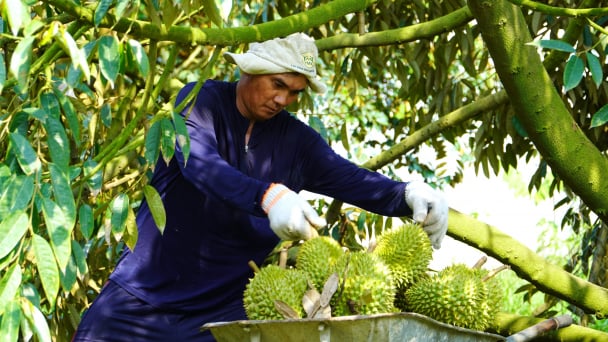
(VAN) Durian-producing localities need to coordinate more effectively with central authorities to improve the traceability, monitoring, and response systems in case of violations.
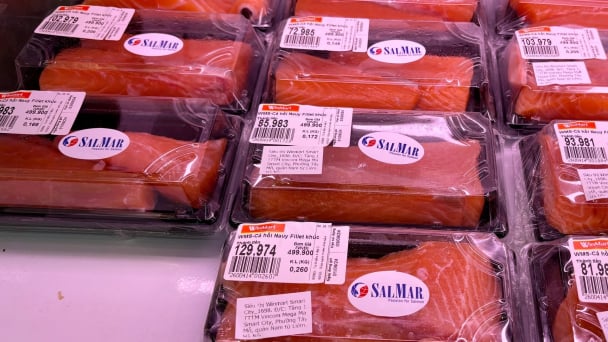
By minimizing waste, embracing modern technology, and expanding into niche markets, SalMar - the second largest producer of Atlantic salmon in the world has built a successful strategy to conquer the global market.
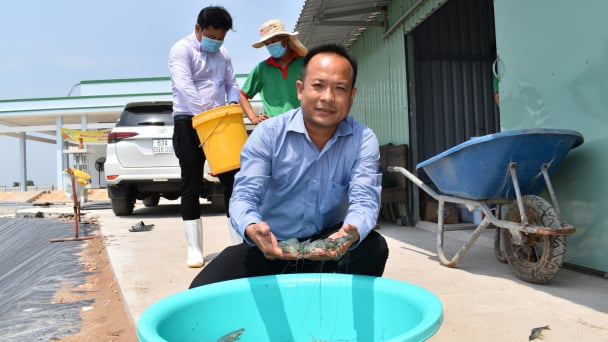
(VAN) One of the key factors for businesses to effectively take advantage of tariff preferences under these FTAs is the rules of origin.
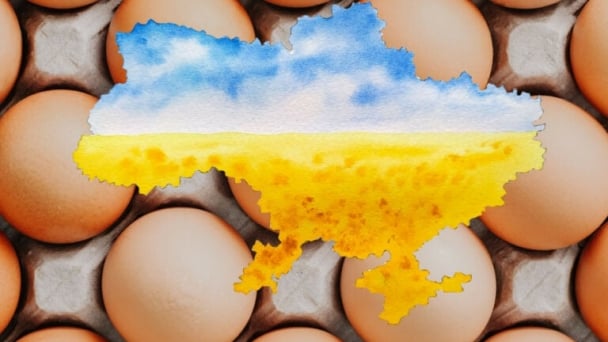
(VAN) Oliyar, a prominent Ukrainian oil and fat manufacturer, has revealed plans to build a farm for 2.3 million laying hens in the Lviv region. The additional production quantities promise to change the competitive landscape of the egg market of the Eastern Europe region.
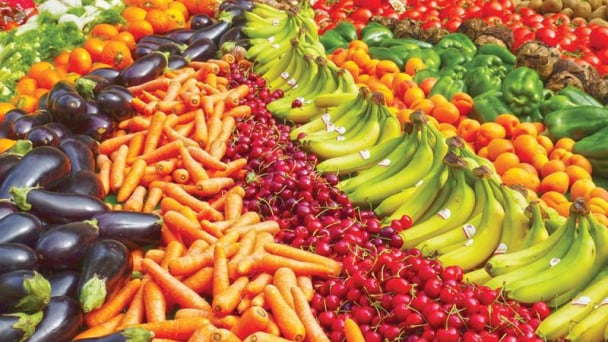
(VAN) On May 15, Ministry of Agriculture and Environment of Vietnam hosted the 'Connecting Vietnam - Germany agricultural, forestry and fishery trade' seminar in Berlin, Germany.
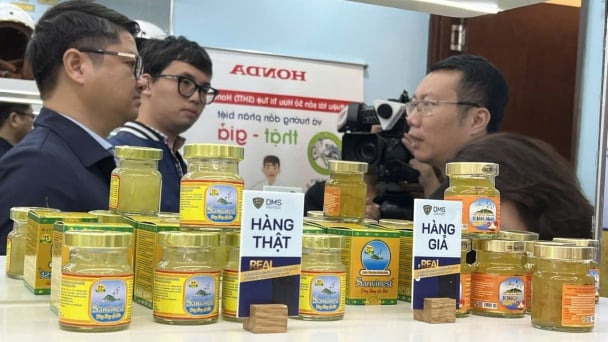
(VAN) In the face of counterfeit and imitation products, Khanh Hoa Salanganes Nest Company hopes for the prompt completion of the legal framework, strict enforcement against violations, and protection of the bird’s nest brand.